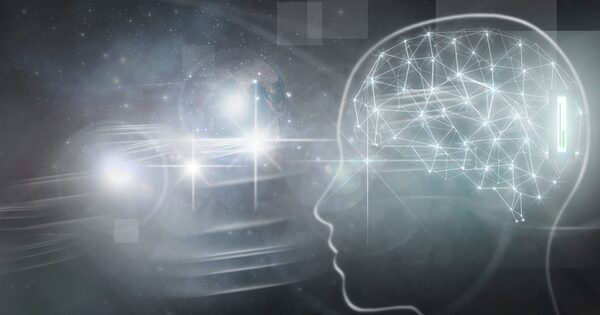Auditory illusions are perceptual phenomena in which sounds are perceived differently than they are due to features of the auditory system. These are erroneous perceptions of actual sounds or external stimuli. These misleading perceptions are analogous to optical illusions: the listener hears either sounds that are not there in the stimuli or sounds that should not be feasible given the circumstances surrounding their creation. These illusions rely on a variety of auditory perception systems, including frequency, pitch, timing, and spatial localization.
Despite their intrinsic ability to comprehend complex data, humans are quite susceptible to illusions. Confirmation bias is thought to be substantially responsible for people’s incorrect judgments when evaluating information, as individuals often interpret and recall information that appeals to their own prejudices.
Auditory illusions are one type of misperception, often known as an illusion. The brain processes information using numerous senses at the same time; spatial information is handled more precisely and accurately in vision than in hearing.
Here are a few examples of auditory illusions:
- Shepard Tone: Also known as the Shepard-Risset glissando, this auditory illusion creates the perception of a continuously ascending or descending pitch that seems to never reach an endpoint. It’s often described as a sound that seems to be forever climbing higher or descending lower.
- The Tritone Paradox: This illusion involves pairs of notes separated by an interval called a tritone, which can sound either ascending or descending depending on context. Listeners might perceive the same sequence of notes as ascending when played in one context and descending when played in another.
- The McGurk Effect: This illusion occurs when the auditory component of one sound is paired with the visual component of another sound, resulting in the perception of a third, entirely different sound. For example, hearing the syllable “ba” while seeing someone mouth “ga” might result in perceiving “da.”
- Binaural Beats: Binaural beats are an auditory illusion created when two slightly different frequencies are played in each ear. The brain perceives a third “beat” that has a frequency equal to the difference between the two tones. These beats are often used for relaxation or meditation purposes.
- The Tritone Paradox: This is an illusion in which a pair of tones separated by a tritone interval appear to be rising or descending, depending on the context.
Auditory illusions emphasize regions where the human ear and brain, as organic survival tools, diverge from perfect audio receivers; this demonstrates that a human being may hear something that isn’t there and react to the sound they think they heard. An auditory illusion occurs when a person’s brain interprets their environment incorrectly, distorting their sense of the world around them.
















